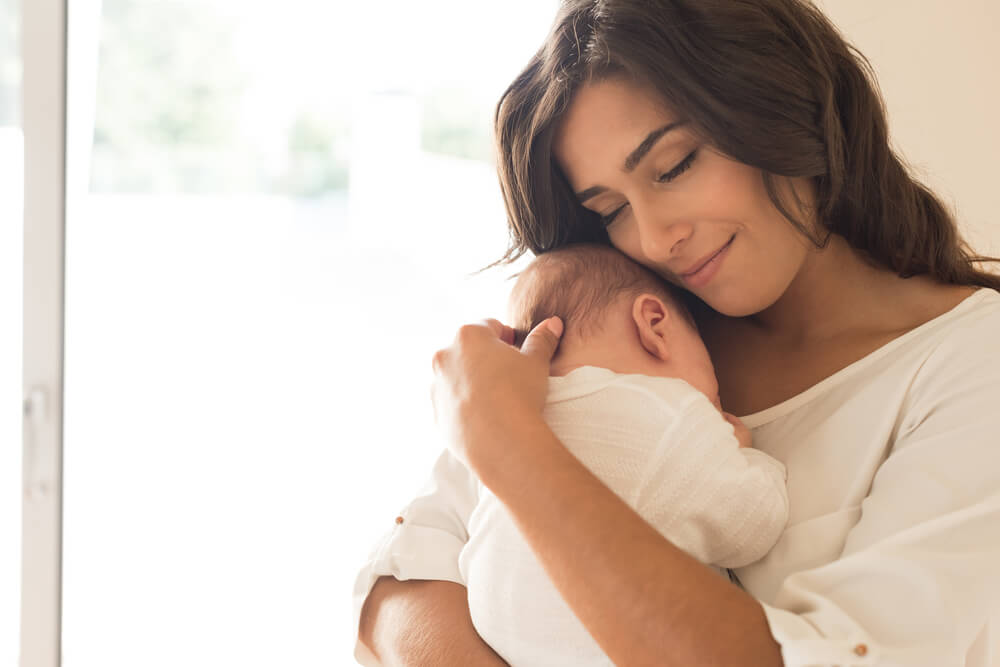Attachment is the emotional bond that the child establishes with his reference figure, which gives him care, safety and protection, so it is a survival mechanism. Some authors even call this emotional bond our psychological immune system. How does it develop now?What are the stages of link development?
Although there are many theories that define and explain attachment, the most important and well-known is that developed by John Bowlby, for this psychiatrist and psychoanalyst, children have already been biologically programmed to form bonds with others, in order to survive in therefore, believes that all behaviors involved in the creation and maintenance of this link are instinctive.
- On the other hand.
- It is important to note that the bond of attachment will not disappear over time.
- Because it will influence us in one way or another for the rest of our lives.
- In all the relationships that we establish.
- Developing a secure attachment.
- Based on feelings of trust and protection.
“They say love is blind, but is it for real?In fact, there is nothing in the world as clear as love. What’s blind isn’t love, it’s attachment? –Anthony De Mello–
Bowlby’s evolutionary model consists of four phases for creating an attachment link, usually these phases are particularly visible in the relationship between mothers and children, although it is possible that this link can also be created between a primary caregiver and the child on several occasions. .
Next, we will explain how the creation of this emotional bond evolves, from the perspective created by Bowlby, we will delve into the different stages of bond development.
This first phase occurs during the first six weeks of the child’s life, the child easily accepts, at least in general, any human being who gives him comfort, that is, the baby shows no preference for anyone in particular.
At this stage, the child’s repertoire of innate behaviors helps attract adult attention, and also responds to external stimuli and seeks physical contact with others.
At the time, maternal recognition was very rudimentary in the baby, there is still no really strong bond, but they are already beginning to demonstrate their first traits at the end of this phase.
After the first six weeks and until around 8 months, the baby begins to feel anxious if separated from other humans, however, it is not possible to notice maternal deficiency in a specific way, the child does not yet reject strangers.
It is at this point that he begins to guide his behavior and respond more clearly to his mother, however, there may still be some complaint about not being close to adults, even if he does not show a strong preference for his parents.
From 6 to 8 months and until the child is about 2 years old, that’s when the pairing phase itself arrives, now the baby feels bad if he separates him from his mother and may even suffer anxiety about it.
At times like this, it is not strange that the baby shows physical rejection to people other than his mother, as they assume that what is happening is a threat to his life, so all his actions are usually focused in order to attract the attention of the maternal figure, because it requires his presence.
From the age of 24 months begins the fourth and final phase, known as the phase of reciprocal relationships, the child already understands that the absence of the mother is not definitive and that if all goes well, the child can calm his anxiety.
In addition, it is at this stage that language appears, and the child can then have mental representations of his mother, in this way, he can predict his return, understand the way out and the return, and usually cries less in his absence. You can even show the ability to create strategies that help you understand the dynamics of going home and returning home.
“Children and animals love those who love them” – Ramon Shipper-
Finally, once all the steps of the child’s bond have been completed, a strong relationship is created between the two parties, physical contact is no longer so necessary, even if at some point the presence of the mother is shether to feel safe. Despite this, the girl knows that even if there is no contact, her mother will respond when she calls.

